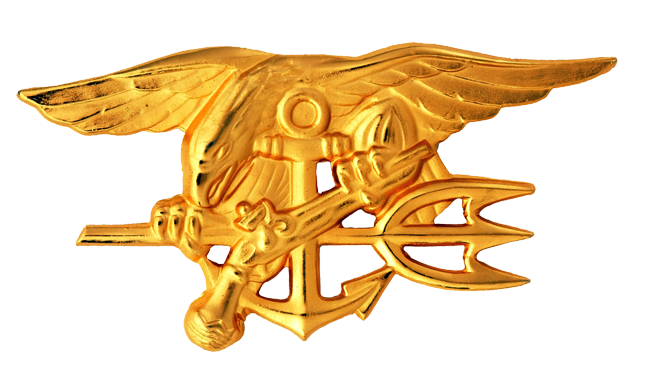y no sabía yo que también podían operar como cazaminas, o que tenían la plataforma de vuelo, el calado, o la velocidad punta de los LCSs.
Es que a mi me vas a permitir que dude que un LCS pueda hacer labor de cazaminas tambien con ese tamaño. Y si me hablas de colocar un modulo, pues se lo colocas a un ageis. Pero primero tambien, me tienes que hacer cuentas y demostrarme que un modulo representa un ahorro real frente a un cazaminas normal. Porque si me dices que el modulo es el setenta por ciento del precio de un cazminas completo no compensa.
Los aegis pueden llevar la plataforma de vuelo que quieran y respecto a la velocidad, sera muy util cuando se monten regatas de buques de guerra. Hasta entonces...
24 módulos de guerra de superficie
¿Y eso que es? ¿Ocho jarras de Harpoon y un radar?
24 módulos antiminas
Ya he expresado mis dudas de que esos mamotretos se puedan mover como cazaminas. En cualquier caso, sera montar los equipos de un pequeño buque en el Enma Maersk, o poco menos. Es como si fueran tan chulos que en vez de cazaminas, fueran a tener una flota de Jefe de grupo de minas.
Los LCS se van a poder pasar desplegados más tiempo que otros buques.
¿Si? ¿Estan en disposicion de asegurar que el LCS desplegado es el que se va a necesitar? ¿Cuanto tiempo van a poder estar desplegados unos buques con ese sistema de maquinas y ese consumo?
La modularidad permitirá actualizar los sistemas de combate con un menor coste y más facilidad que en otros buques
Como en cualquier buque de construccion reciente y configuracion COTS. Como los ultimos AEGIS, por ejemplo.
Los LCS tienen una tripulación mucho más reducida que otros buques que pudieran estar haciendo las mismas tareas.
Pues eso con los modulos no se lleva bien, por no decir que directamente es una tonteria. Si estas dispuesto a llevar modulos, tienes que estar dispuesto a llevar gente que sea especialista en esos modulos. Asi que, o estan embarcados gente mano sobre mano porque su modulo no esta a bordo, o esa gente esta en la base, igualmente mano sobre mano. Al final, con los modulos tienes un porron de recursos en los almacenes.
El LCS necesita unos 65 tripulantes, una Perry 176, y un Burke 323.
Y los BAM españoles (por poner un ejemplo de entre los muchos que hay en los mares) requiere de 45. Y no se que tripulacion puede tener un clase Bertholf, pero a mi me parece un buque mucho mas adecuado a esas misiones (Dios santo ¡Vuelvo a coincidir con Mauricio!)
Y sin embargo, eso es le se está usando hoy en día en operación Atalanta: la Canarias española, la Zefiro italiana, la Hamburg alemana, y las Aconit, Montcalm y Dupleix francesas. ¿Es qué los europeos no tiene buques más pequeños para esa tarea?
Precisamente. Y todos esos paises estan como locos construyendo otro tipo de buques mas ligeros y mas especificos para este tipo de escenarios de baja intensidad. Y ninguno se parece a un LCS ni por asomo.
Sostiene Silver Dragon.
Lo siento mauricio, pero no, ninguno de ellos tiene esa capacidad, ni tampoco ese espacio para los Mk41, ni estan en el diseño inicial, ni aprovados ni se le van a poner,
Entonces...¿Me quiere decir alguien para que leñes sirven estos buques? Porque para llevar un cañoncito, un radarito, unos harpoon y unos ROV.... Es que todo eso junto lo llevo yo en un buque a la mitad de precio y sin necesidad de modulos. Y que nadie me cuente lo de los cuarenta nudos porque soy de risa facil y floja...






















